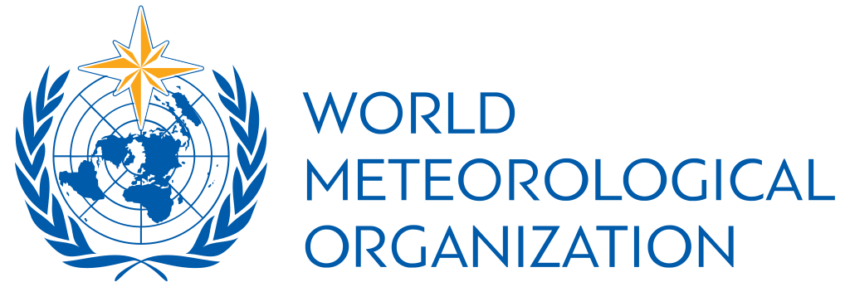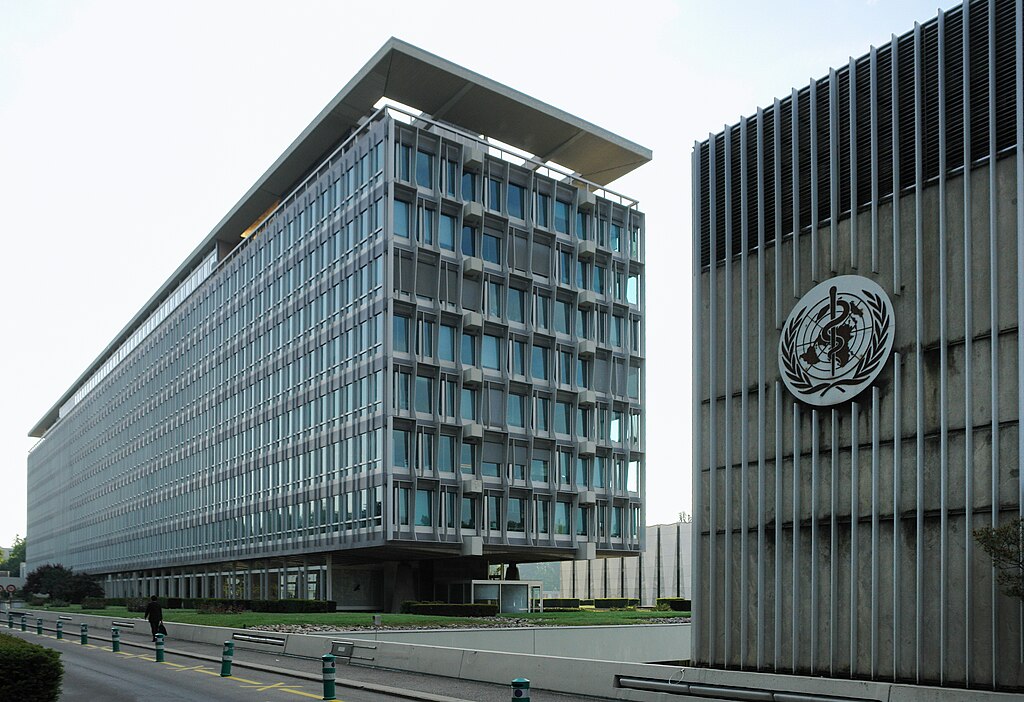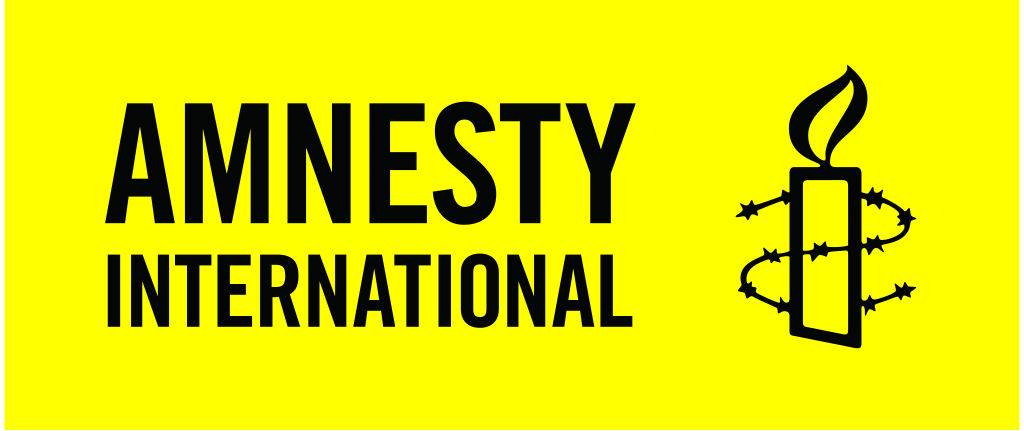World Meteorological Organisation Quiz Questions
1. What is the primary role of the World Meteorological Organization (WMO)?
(a) To study the effects of climate change on human health
(b) To coordinate international cooperation on atmospheric science, hydrology, and climatology
(c) To predict earthquakes and other natural disasters
(d) To monitor global air pollution levels
2. When was the WMO established?
(a) 1947
(b) 1950
(c) 1963
(d) 1972
3. Where is the headquarters of the WMO located?
(a) New York City, USA
(b) Geneva, Switzerland
(c) Paris, France
(d) London, United Kingdom
4. Which of the following is NOT a primary focus of the WMO?
(a) Weather forecasting
(b) Climate monitoring
(c) Hydrology
(d) Space exploration
5.Which of these is NOT a part of the WMO’s World Weather Watch Program?
(a) Global Observing System
(b) Global Data-Processing and Forecasting System
(c) Global Telecommunication System
(d) Global Climate Modeling System
6. What is the importance of the World Weather Watch (WWW) program?
(a) It provides real-time data for weather forecasting
(b) It studies the impact of climate change on agriculture
(c) It monitors water resources globally
(d) It develops early warning systems for tsunamis
7. Which of the following is NOT a member state of the WMO?
(a) United States
(b) China
(c) Russia
(d) Liechtenstein
8. Which of the following is NOT a WMO program or activity?
(a) World Weather Watch (WWW)
(b) Global Atmosphere Watch (GAW)
(c) Global Climate Observing System (GCOS)
(d) World Health Organization (WHO)
9. The WMO is a specialized agency of which organization?
(a) World Bank
(b) United Nations
(c) European Union
(d) World Health Organization
10. What is the primary focus of the WMO’s Disaster Risk Reduction Programme?
(a) Post-disaster reconstruction
(b) Disaster preparedness and early warning systems
(c) Climate change mitigation
(d) Emergency response coordination
11. Which of the following is NOT a role of the WMO in relation to climate change?
(a) Monitoring climate variability
(b) Assessing the impact of climate change
(c) Developing climate change adaptation strategies
(d) Negotiating international climate agreements
12. The WMO works closely with which organization to monitor global sea levels?
(a) Intergovernmental Oceanographic Commission (IOC)
(b) International Maritime Organization (IMO)
(c) United Nations Environment Programme (UNEP)
(d) World Bank
13. Which day is celebrated as World Meteorological Day?
(a) March 23
(b) April 22
(c) May 15
(d) June 5
14. How many Member States and Territories does the WMO have as of 2024?
(a) 153
(b) 187
(c) 193
(d) 215
15. What was the predecessor organization of the WMO?
(a) International Meteorological Organization (IMO)
(b) Global Weather Association (GWA)
(c) World Climate Council (WCC)
(d) United Nations Weather Agency (UNWA)
16. What is the term length for the WMO President?
(a) 2 years
(b) 4 years
(c) 6 years
(d) 8 years
17. Which of these is a key component of the WMO’s Global Observing System?
(a) Satellites
(b) Social media reports
(c) Animal migration patterns
(d) Ancient weather records
18. What does the acronym GCOS stand for in WMO context?
(a) Global Climate Observation System
(b) General Climate Operations Service
(c) Global Climate Observing System
(d) General Climatic Observation Service
19. What is the primary purpose of the WMO’s World Climate Research Programme?
(a) To predict daily weather
(b) To understand and model the Earth’s climate system
(c) To regulate greenhouse gas emissions
(d) To manage natural disasters
20. Which WMO program focuses on water-related issues?
(a) Hydrology and Water Resources Programme
(b) Marine Meteorology Programme
(c) World Weather Research Programme
(d) Global Atmosphere Watch
21. What is the official language of the WMO?
(a) English only
(b) French only
(c) English and French
(d) All UN official languages
22. Which of these is NOT a type of WMO publication?
(a) Technical Notes
(b) WMO Bulletins
(c) Operational Hydrology Reports
(d) Global Weather Forecasts
23. What does the WMO’s Global Telecommunication System primarily facilitate?
(a) Public weather forecasts
(b) Exchange of meteorological data
(c) Climate change negotiations
(d) Satellite launches
24. Which WMO program deals with atmospheric composition and related environmental issues?
(a) World Weather Watch
(b) Global Atmosphere Watch
(c) World Climate Programme
(d) Hydrology and Water Resources Programme
25. What is the main purpose of the WMO’s Voluntary Cooperation Programme?
(a) To recruit volunteers for weather observation
(b) To assist developing countries in meteorological and hydrological services
(c) To organize climate change awareness campaigns
(d) To fund weather modification experiments
World Meteorological Organisation Quiz Questions with Answers
1. What is the primary role of the World Meteorological Organization (WMO)?
(b) To coordinate international cooperation on atmospheric science, hydrology, and climatology
2. When was the WMO established?
(b) 1950
3. Where is the headquarters of the WMO located?
(b) Geneva, Switzerland
4. Which of the following is NOT a primary focus of the WMO?
(d) Space exploration
5.Which of these is NOT a part of the WMO’s World Weather Watch Program?
(d) Global Climate Modeling System
6. What is the importance of the World Weather Watch (WWW) program?
(a) It provides real-time data for weather forecasting
7. Which of the following is NOT a member state of the WMO?
(d) Liechtenstein
8. Which of the following is NOT a WMO program or activity?
(d) World Health Organization (WHO)
9. The WMO is a specialized agency of which organization?
(b) United Nations
10. What is the primary focus of the WMO’s Disaster Risk Reduction Programme?
(b) Disaster preparedness and early warning systems
11. Which of the following is NOT a role of the WMO in relation to climate change?
(d) Negotiating international climate agreements
12. The WMO works closely with which organization to monitor global sea levels?
(a) Intergovernmental Oceanographic Commission (IOC)
13. Which day is celebrated as World Meteorological Day?
(a) March 23
14. How many Member States and Territories does the WMO have as of 2024?
(c) 193
15. What was the predecessor organization of the WMO?
(a) International Meteorological Organization (IMO)
16. What is the term length for the WMO President?
(b) 4 years
17. Which of these is a key component of the WMO’s Global Observing System?
(a) Satellites
18. What does the acronym GCOS stand for in WMO context?
(c) Global Climate Observing System
19. What is the primary purpose of the WMO’s World Climate Research Programme?
(b) To understand and model the Earth’s climate system
20. Which WMO program focuses on water-related issues?
(a) Hydrology and Water Resources Programme
21. What is the official language of the WMO?
(c) English and French
22. Which of these is NOT a type of WMO publication?
(d) Global Weather Forecasts
23. What does the WMO’s Global Telecommunication System primarily facilitate?
(b) Exchange of meteorological data
24. Which WMO program deals with atmospheric composition and related environmental issues?
(b) Global Atmosphere Watch
25. What is the main purpose of the WMO’s Voluntary Cooperation Programme?
(b) To assist developing countries in meteorological and hydrological services










